We may earn money or products from the companies mentioned in this post. This means if you click on the link and purchase the item, I will receive a small commission at no extra cost to you ... you're just helping re-supply our family's travel fund.
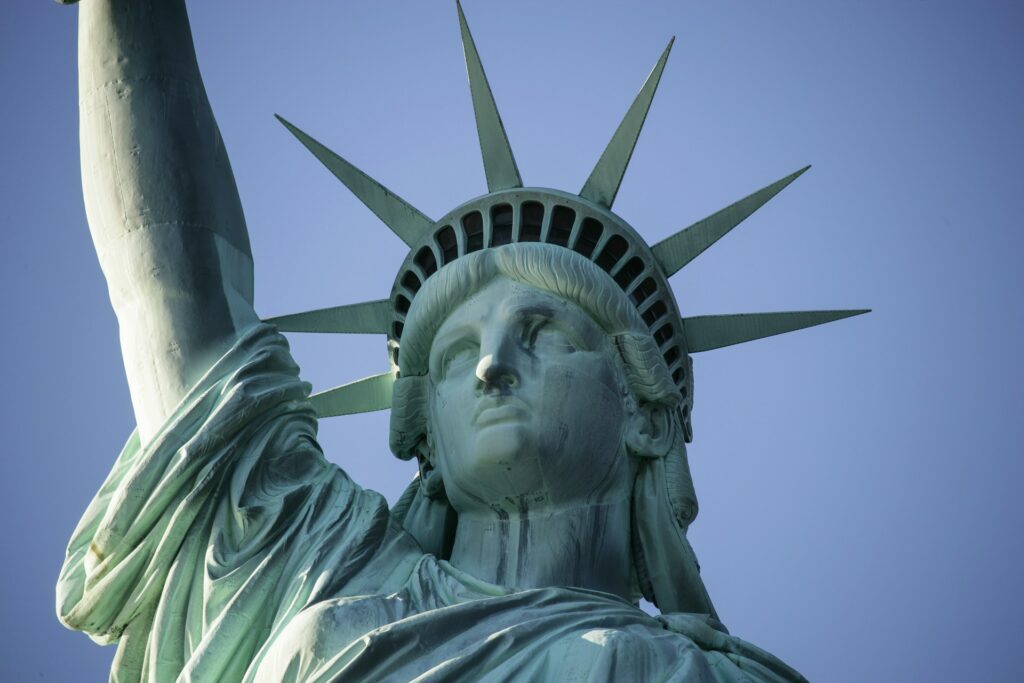
History in America is more than dates and monuments; it’s the textured story of a nation shaped by struggle, innovation, and diverse cultures. Visiting historic sites offers a window into these pivotal moments: places where ideas sparked revolutions, communities blossomed, and identities were forged. Beyond the postcard-perfect landmarks lies a deeper narrative: complex, sometimes uncomfortable, but essential to understanding America’s past and its ongoing journey.
Independence Hall, Pennsylvania
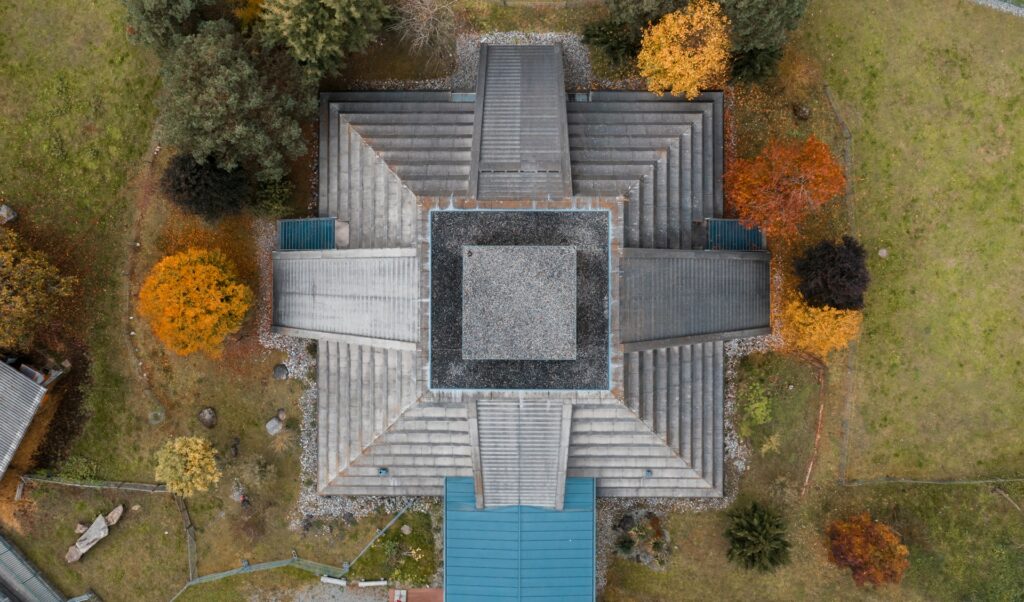
Nestled in Philadelphia’s Old City, Independence Hall is where the American Revolution was born. The Declaration of Independence and the Constitution were debated and signed here, making it a cradle of democracy. Walking through its wood-paneled rooms, you sense the intensity of ideas and debates that shaped a nation. Yet, the site also invites reflection on the contradictions of liberty amid the era’s realities, including slavery and disenfranchisement.
Mesa Verde National Park, Colorado
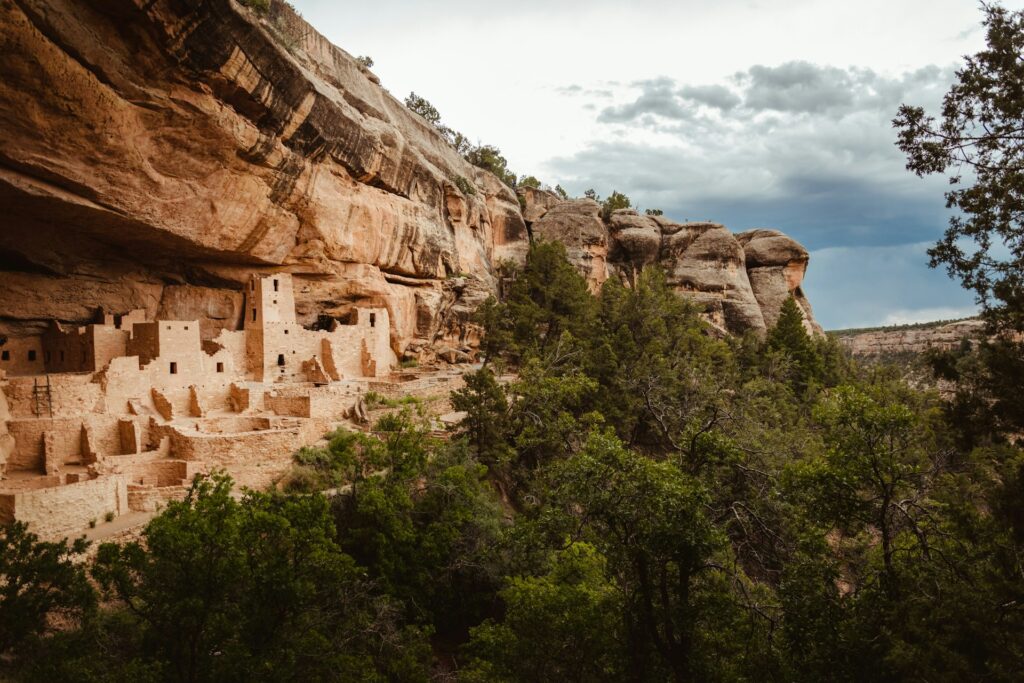
Far from the East Coast’s colonial history, Mesa Verde preserves the cliff dwellings of the Ancestral Puebloans, dating back over 700 years. This UNESCO World Heritage site offers insights into indigenous ingenuity and adaptation to harsh landscapes. The stone pueblos nestled in cliffs tell stories of resilience, community, and sudden abandonment, challenging visitors to ponder the complexities of survival and cultural endurance.
Alamo Mission, Texas
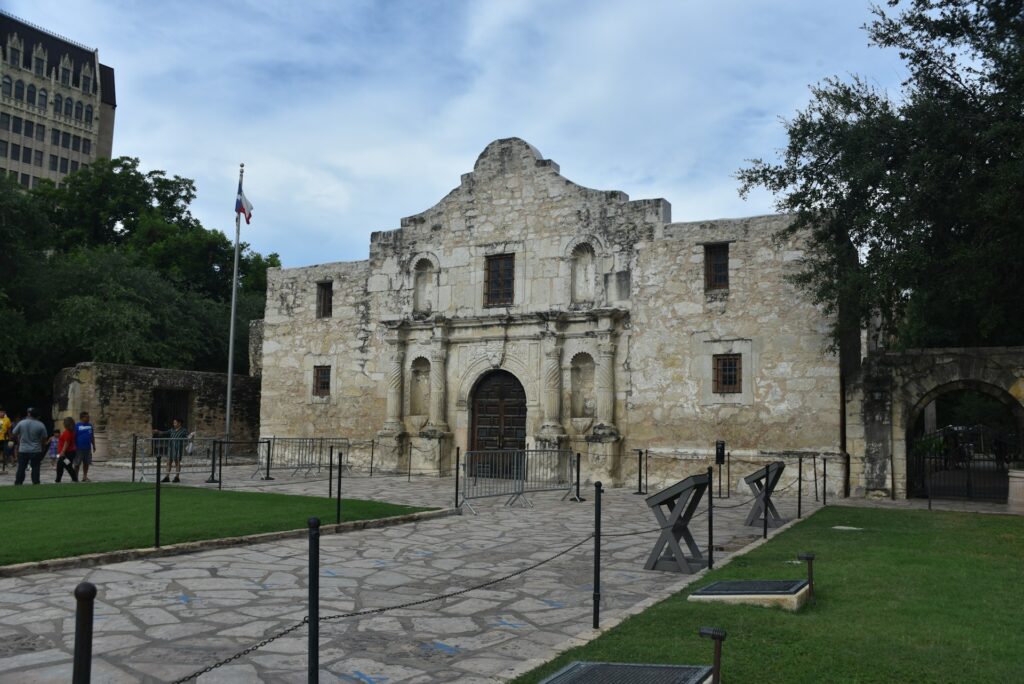
The Alamo is etched in American lore as a symbol of heroic resistance during Texas’s fight for independence from Mexico. Beyond the famous battle, the site is a layered narrative of colonization, identity, and shifting borders. Visiting the mission’s austere chapel and grounds is a journey into the tangled histories of settlers, indigenous peoples, and revolutionaries who clashed in this pivotal region.
Ellis Island, New York
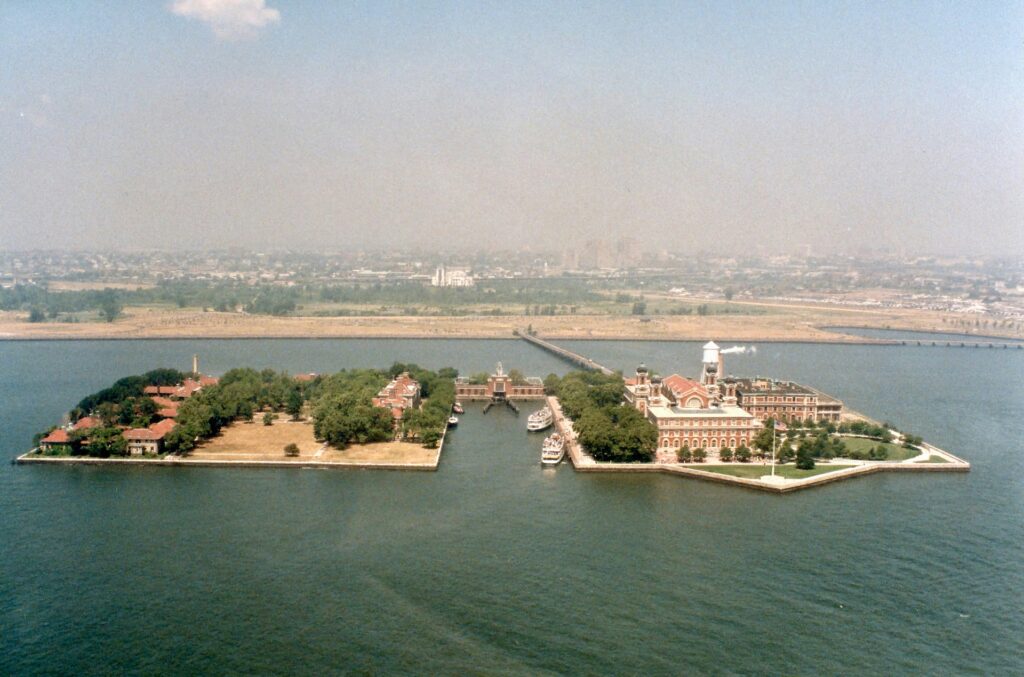
Gateway to millions of immigrants, Ellis Island stands as a testament to America’s immigrant roots. The restored immigration station offers haunting exhibitions revealing both hope and hardship. Visitors walk through processing rooms where anxious families awaited their fate, confronting the dreams and discrimination that shaped the immigrant experience—a story still relevant in today’s debates about identity and belonging.
Mount Vernon, Virginia
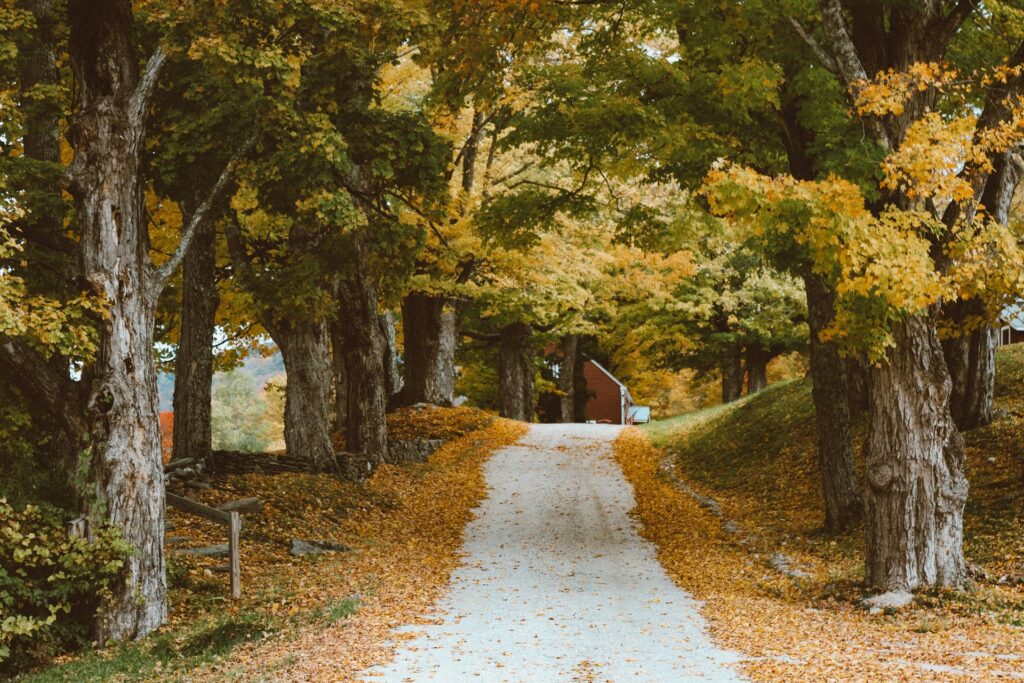
George Washington’s estate offers more than elegant gardens and stately rooms; it’s a complex portrait of the first president and the era’s social fabric, including the lives of enslaved people on the plantation. Interpreting Mount Vernon requires grappling with the contradictions of freedom and slavery, leadership and inequality, making it a rich site for understanding America’s founding paradoxes.
Civil Rights Trail, Various Locations
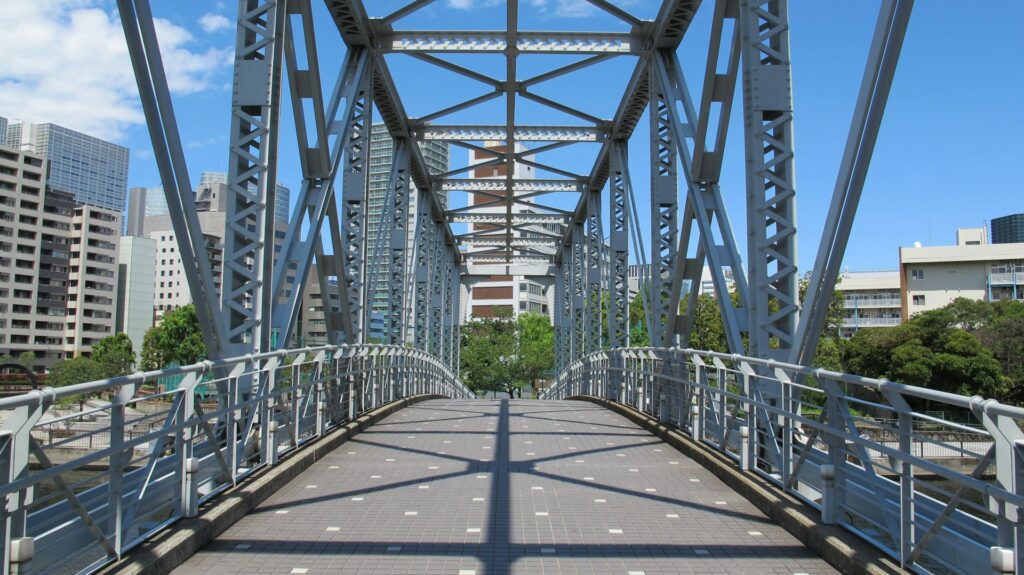
This trail connects pivotal sites from the civil rights movement—churches, schools, and streets where protests and courageous acts changed the course of history. Visiting places like the Edmund Pettus Bridge in Selma or the National Civil Rights Museum in Memphis reveals a powerful narrative of struggle, resilience, and ongoing fight for equality that resonates deeply today.
Colonial Williamsburg, Virginia

A living history museum, Colonial Williamsburg immerses visitors in 18th-century life through reenactments, historic buildings, and interactive exhibits. It challenges romanticized views of colonial America by presenting the perspectives of enslaved people, women, and indigenous populations, enriching understanding of the era’s social complexities beyond the founding fathers’ stories.
Pearl Harbor National Memorial, Hawaii

Marking the site of the 1941 Japanese attack that propelled America into World War II, the memorial combines somber reflection with historical education. The sunken USS Arizona and visitor center evoke the sudden trauma and sacrifices of war, while also prompting discussions on conflict, diplomacy, and memory in shaping national identity.
Mount Rushmore National Memorial, South Dakota
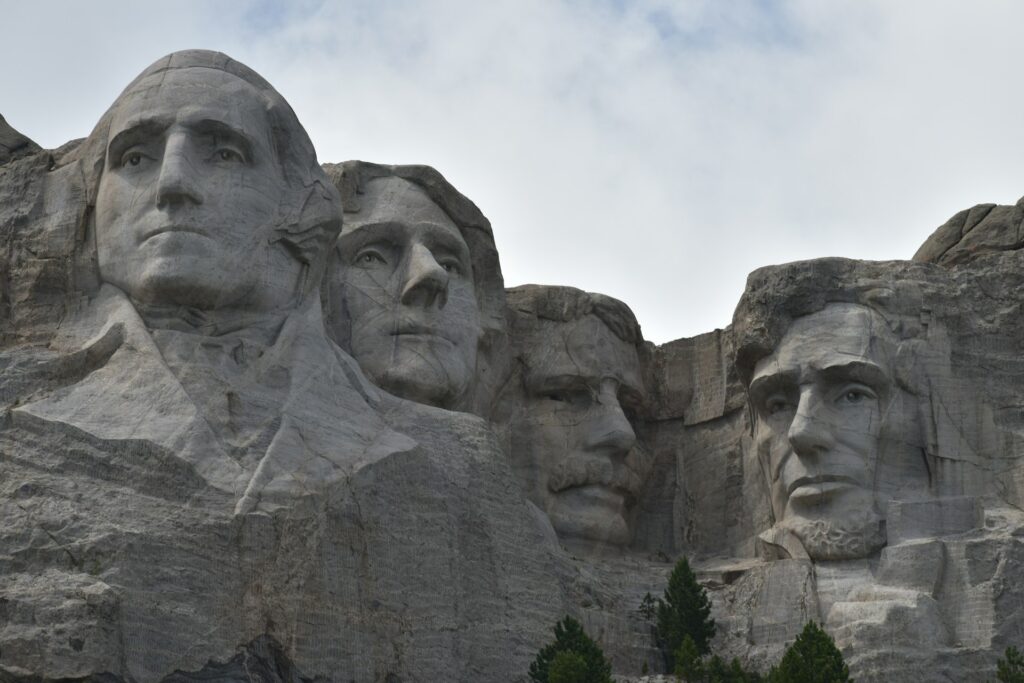
This monumental carving of four presidents on the Black Hills is both a symbol of American ideals and controversy. The site prompts reflection on indigenous displacement and cultural erasure, as the Black Hills are sacred to the Lakota Sioux. Visiting Mount Rushmore invites dialogue about history’s complexities and whose stories are memorialized.
Boston Freedom Trail, Massachusetts
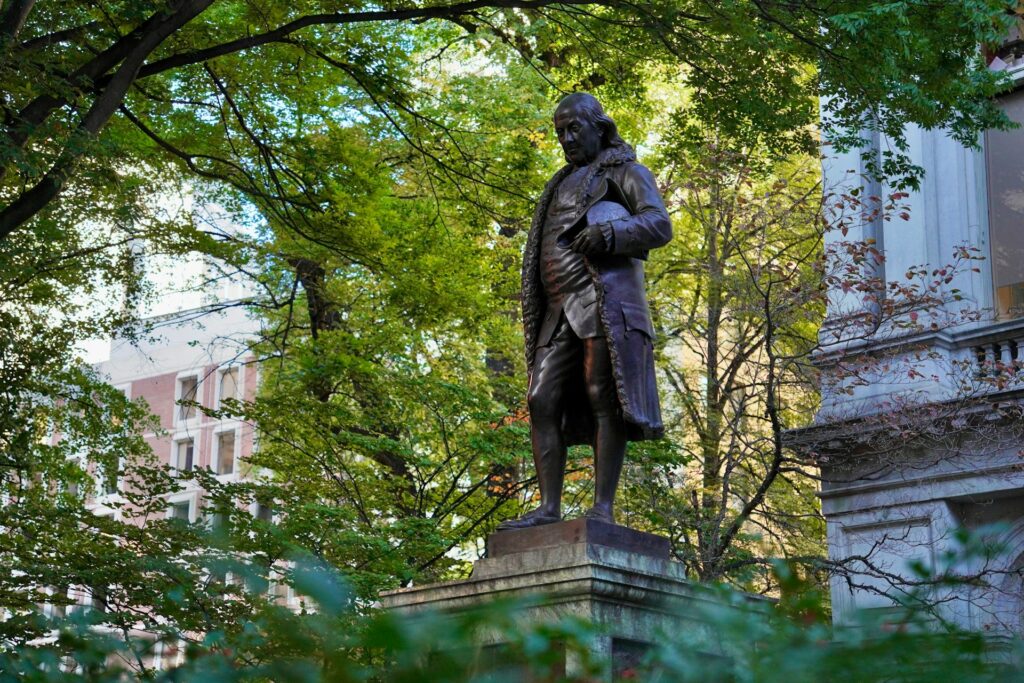
Winding through Boston’s historic neighborhoods, this trail connects sites from the American Revolution, like Paul Revere’s House and the Old North Church. The trail is a vibrant narrative path revealing how ordinary people contributed to radical change, emphasizing grassroots activism and community spirit at the heart of America’s birth.
Harriet Tubman Underground Railroad National Historical Park, Maryland
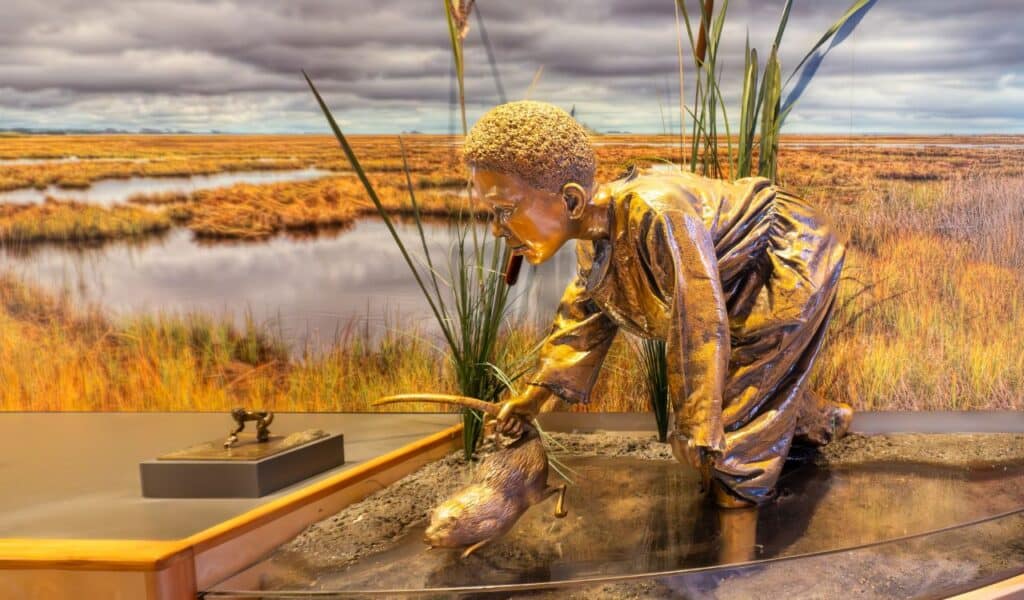
Set amid Maryland’s marshes and woodlands, this park traces the daring journeys of Harriet Tubman and those she guided to freedom. Walking the same landscapes where Tubman once moved under cover of night brings the Underground Railroad to life. Exhibits highlight her extraordinary courage, strategic brilliance, and the network of free Black and white allies who risked everything to fight slavery, offering an unflinching look at the cost and triumph of liberation.